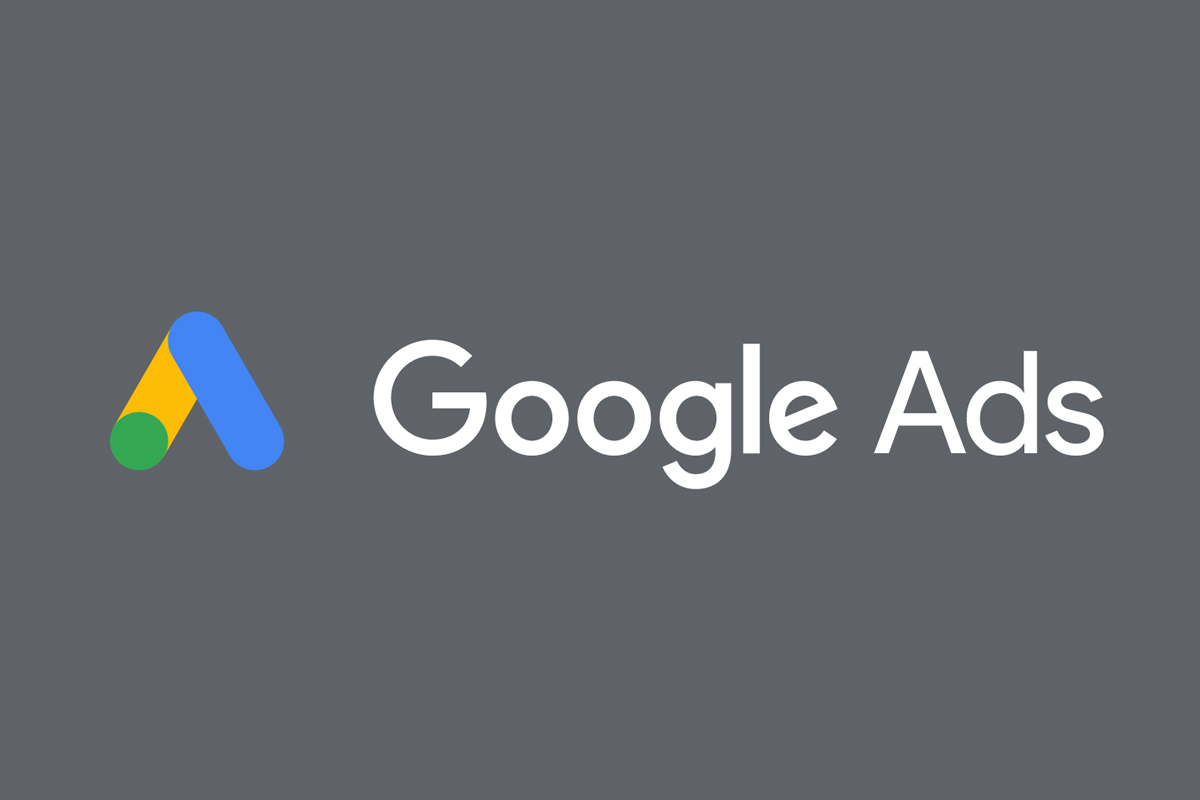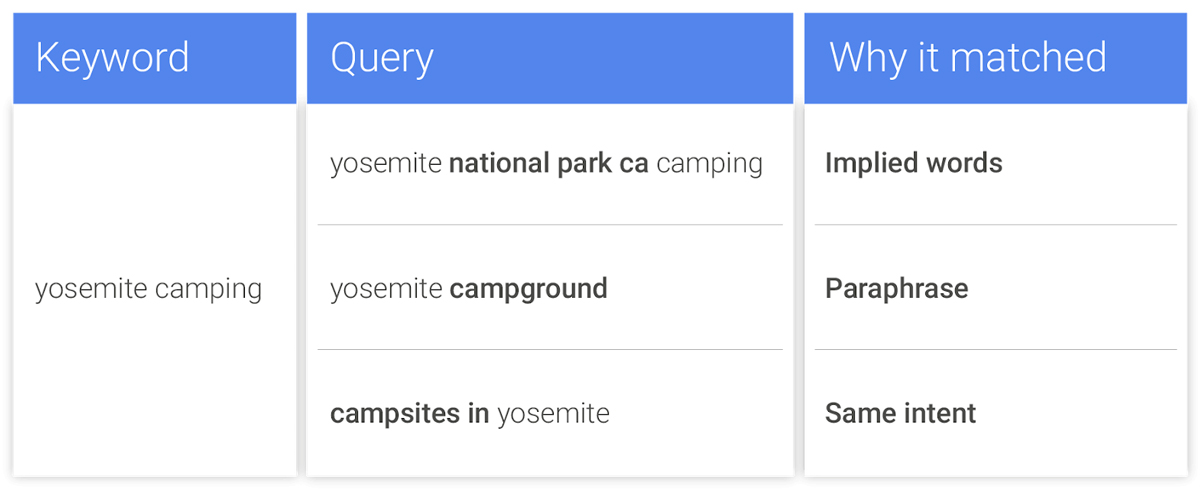In August 2018, the digital marketing world (and, of course, the entire internet world – even if they were unaware of it) bade farewell to Google AdWords. It was replaced by Google Ads, and since then we’ve all been coming to terms with the new set up. But forward movement doesn’t slow just for us to catch up, so inevitably more change has been under way. Here are two main points to be aware of.

First, a quick recap:
The company rebranded their advertising platform as Google Ads in an effort to simplify their marketing offerings. Google Ads delivers greater clarity around what the company offers as AdWords was too focused on search terms, when in actual fact what they were – and are – offering is a diverse but funneled campaign management product utilising artificial intelligence across all forms of digital advertising (read, banner ads and the rest). So, AdWords didn’t cut it. Thus, they rebranded.
They also rolled out Google Marketing Platform at the same time, but if you’re a small business you don’t need to worry too much about this, for now. If you’re reading this and you work for Nike or McDonalds, however, drop us a line and we’ll explain it all.
But what has happened since Google Ads replaced Google AdWords?
The all-knowing Search Engine Land writes:
“Google’s exact match keyword targeting used to mean one thing: the keyword had to match exactly whatever query the searcher used. Then close variants came into the mix, and that definition has steadily morphed over the past few years. First, the inclusion of plurals, misspellings and other similar variants came in 2014, and then, in 2017, different word order and function words took hold.”
That puts pretty succinctly what has led us to this current phase-in: intent.
Google has announced that its Ads platform will now allow for user intent – “listen to what I mean, not what I say” – and gives the following example:

This will help advertisers reach more users without needing to build exhaustive lists of key search terms. By focusing on paraphrasing, one can argue that Google is introducing to advertising a similar algorithm as Hummingbird from a few years back that hit SEO campaigns.
And they’re also improving their reporting on Responsive Search Ads
At the end of August, Google announced improved reporting. They said that “by creating more diverse ads and utilising Google’s machine learning, your ads will be more helpful, more personalised, and relevant to more people. This means your ads can show more often, reaching potential customers when they’re looking for what you have to offer. We know this kind of optimisation works: On average, advertisers that combine Google’s machine learning with multiple creatives see up to 15 percent more clicks.”
This is great – we all like hard stats about how effective our ads can be. But a big issue was that this offering wasn’t paired with displayed knowledge of effectiveness. Say hello to Ad Strength.
In their new platform, Google Ads will show the ‘strength’, or effectiveness, of responsive search creative, and advertisers will be able to receive real-time feedback as they make edits to the entries. This answers an issue people have been having since the move to the new brand, and over the next few months we should start hearing back about how helpful or otherwise this new reporting system is.




